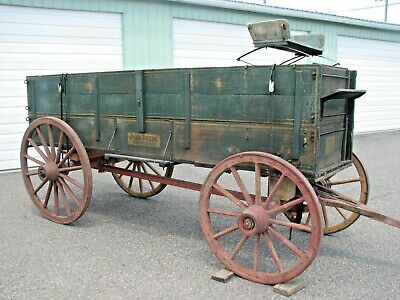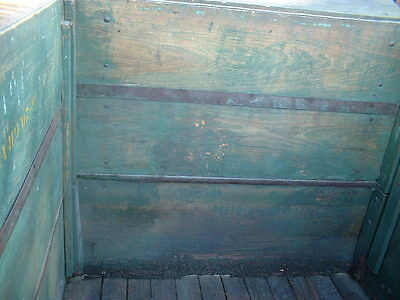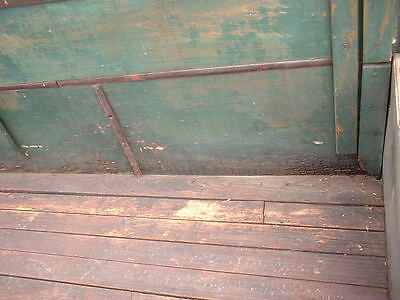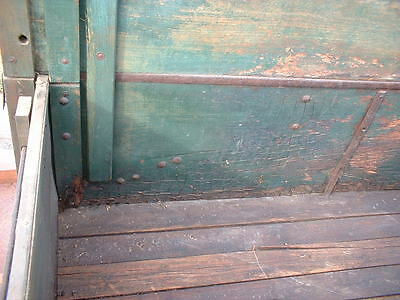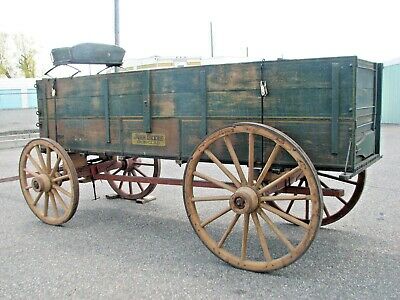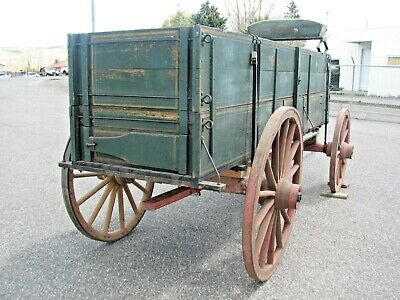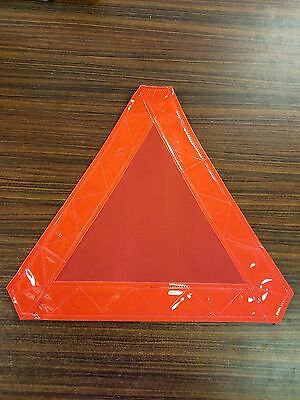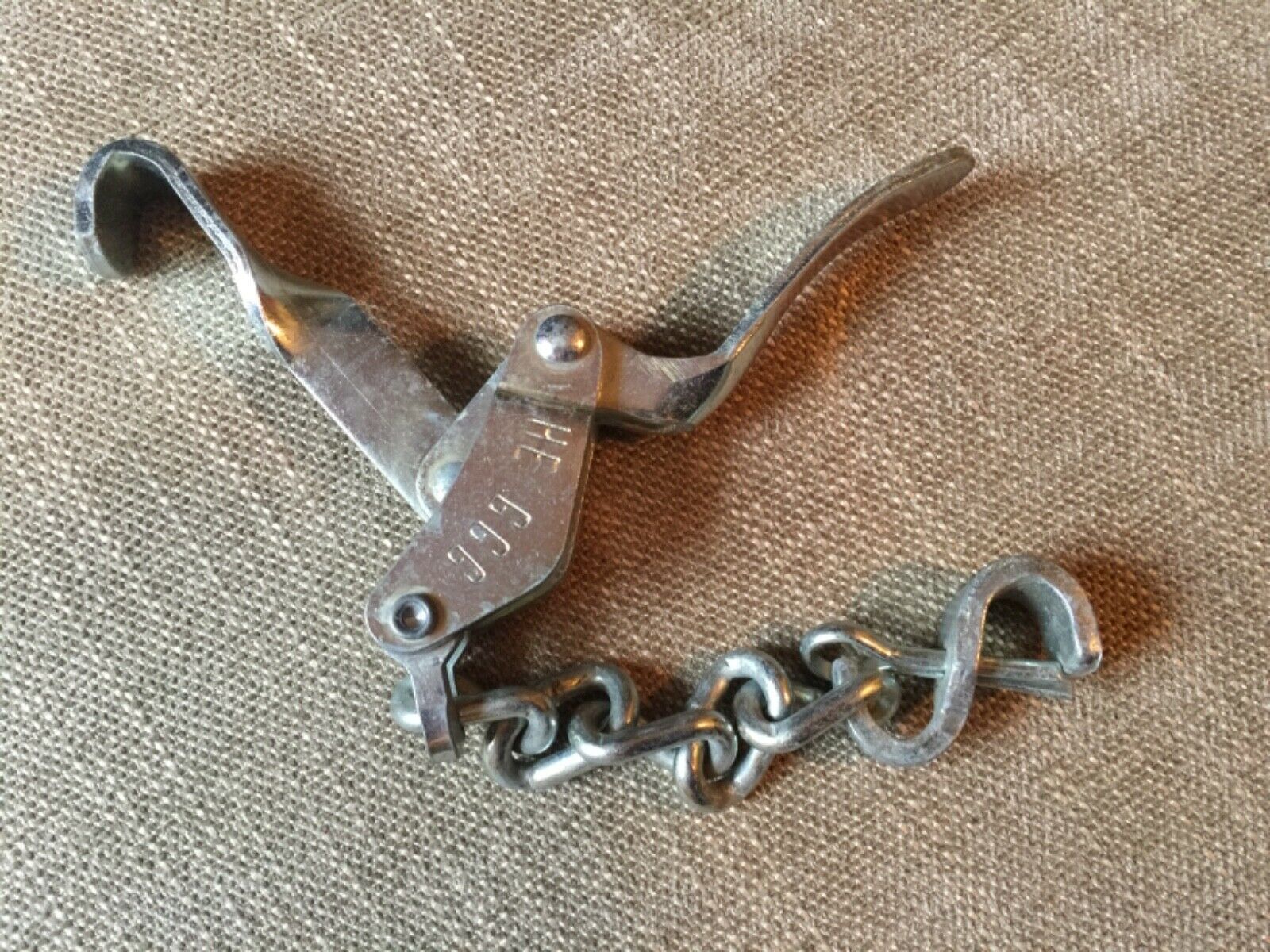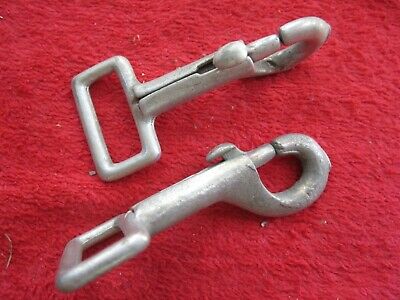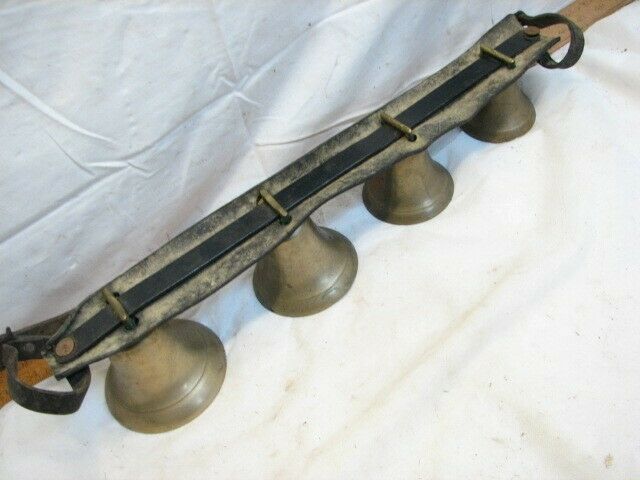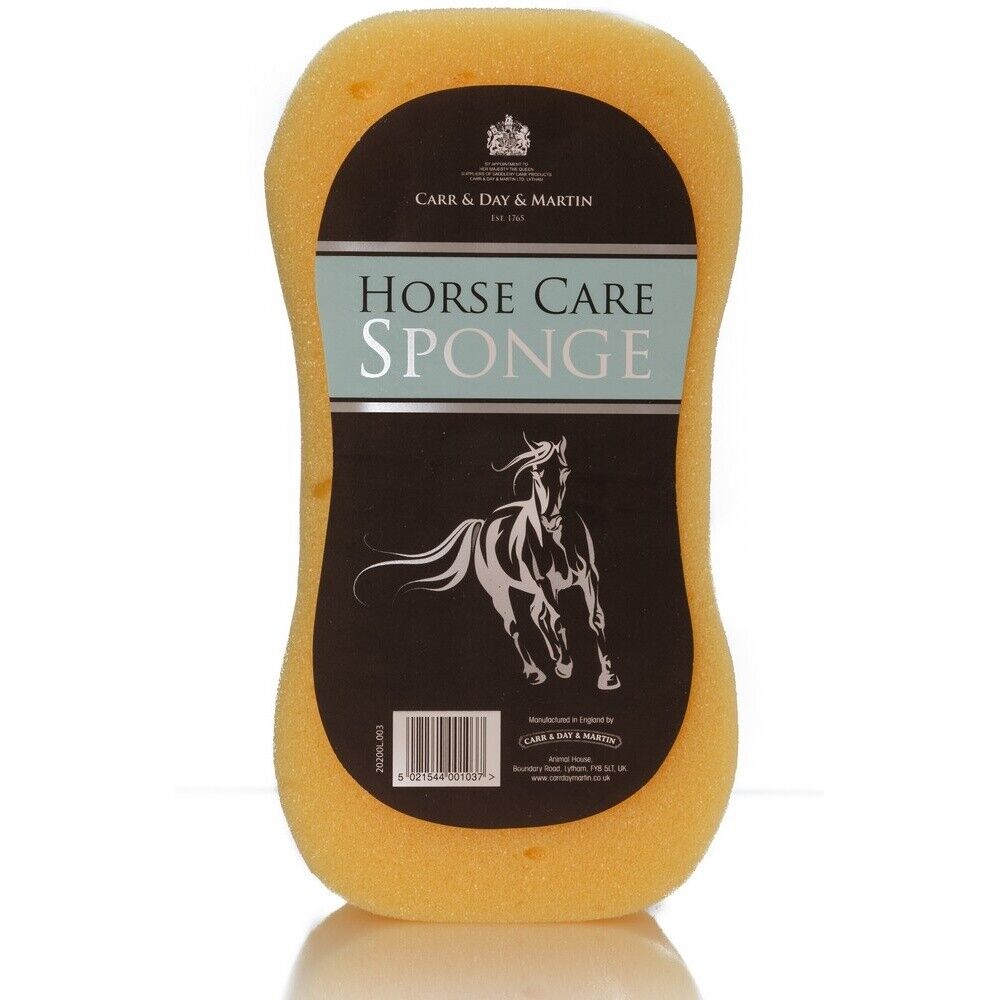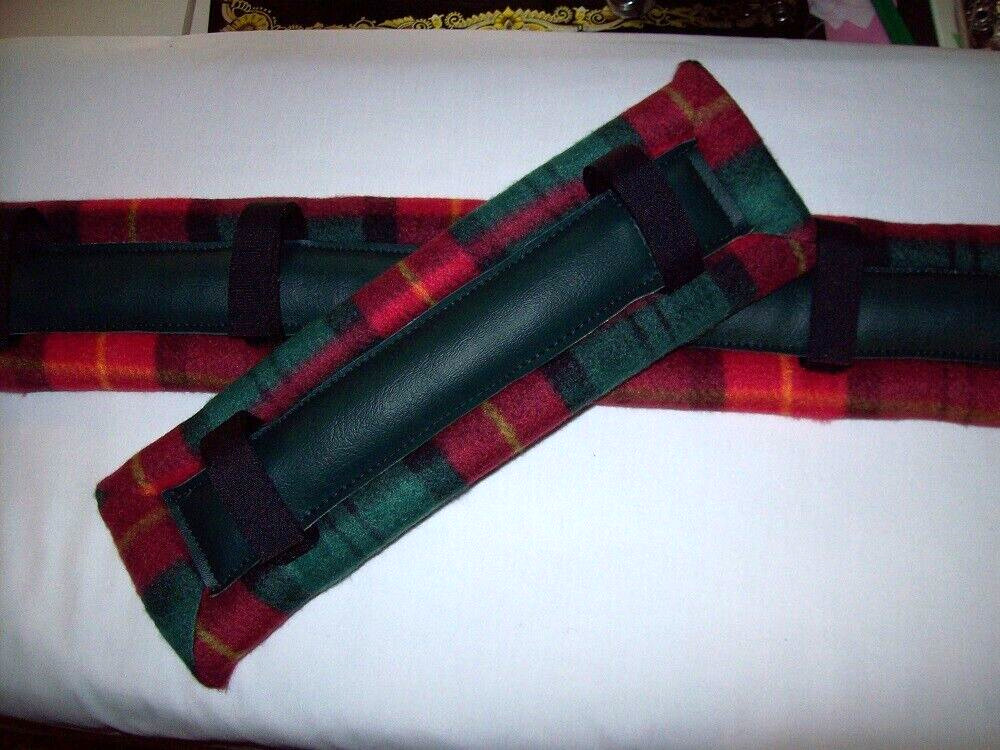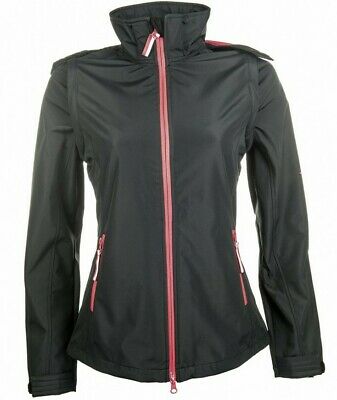-40%
A Huge Rare13.5'John Deere42"B Wide Track G Horse Drawn D Farm Wagon620H630R
$ 7917.36
- Description
- Size Guide
Description
This listing is for an exceptionally nice original HUGE 13-1/2 foot long John Deere "IRONCLAD" wood farm wagon triple box. I believe this box was built sometime around 1917. I believe John Deere bought the Waterloo Wagon Company of Waterloo Iowa about this time in order to have a line of wood farm wagons to offer to it's customers. Please help me out here on this bit of history if you possibly can.This rare wagon box is 42" wide rather than the much more common 38" wide wagon boxes and requires a special "wide track" running gear to work well with it. The "wide track" running gear has a 64" track rather than the more common 60" track. The term "track" refers to distance between the center of a pair of iron tires where they touch the ground on a pair of wheels on either the front or rear axle. The front track should match the rear track.
Most of the appropriate NOS (new old stock) running gear parts required to build a very heavy duty wide track running gear are also included and shown somewhat assembled under this very rare box.
This box measures 13'-6" long on the outside and 12'-11" long on the inside. Most wood farm wagon boxes were 10'-6" long on the outside so this one is 3 feet or nearly 1/3 longer than the average wagon box. I have never seen another huge John Deere wagon box like this in my 60 plus years of being interested in such vehicles.
This box is extra wide at 42" on the outside (not counting the braces, hardware or steps) so it is 4" wider than the much more common 38" wide wagon box. It is 40" wide on the 3 sets of side boards that total 36" in height. The bottom boards are 16" high and both sets of the upper boards are each 10" high.
Some of the side boards are stamped with the date code 5-17 on the inside and some are stamped with the date coded 6-17 on the inside. I believe this box was built sometime in 1917. There is no wear on the top of the sides which makes me think that a seat had never been used on this box before I installed the authentic John Deere seat shown in these photos. There is no wear on the back of the floor boards as there would be if much grain was ever dumped out of the back of this box.
I suspect this box was used to store grain, seed or feed inside a building for most of it's useful life. There is only some very slight wear on the floor at the back where grain normally would have worn the back of the floor boards as it was running out the rear of the box. There is a bit of minor wear on the bottom of both of the sides where they rubbed on the insides of the bolsters of the running gear when it was moving.
There is no wear at all on the iron rub plates on the bottom sides near the front of this box so it may never have been mounted on the typical wood wheeled running gear. Perhaps it was mounted for a while on a running gear with the smaller steel wheels and auto steering like those running gears that followed the wood wheeled running gears.
The outside of the right side has about 90% of the original paint intact while the outside of the left side has about half of the original paint intact. None of the wood has weathered to the point that it is turning gray. Any exposed wood looks to be a medium reddish brown color. My friend in Oregon that I bought this gem from mentioned that he found it under cover in an open shed with the left side facing outward. That may explain why the paint shows more wear on the left side.
At the inside of the front, the softwood bottom side boards are showing some minor rot damage where they meet the floor. That damage does not show through on the outside of the box sides anywhere. This minor damage is shown in the 8th and 9th photos of this listing. The floor is hardwood and shows no rot damage anywhere including the under side. The step board on the middle of the right side is in fine condition.
The left step board in missing because someone cut off both of the supports that cross under the center of the floor and support both the left and right step boards. I suspect this was done in order to make this box sit up tight against the wall of a barn and take up less room in that barn. That is unfortunate but this box would not be as nice as it is today had it not been put to use inside a shed or barn a long time ago.
I do not have the four 3/8" or 7/16" diameter rods that hooked over the top of the top side boards and clamped them to the cross pieces under the bottom of the floor. Those rods would be easy to make and would not even be necessary for a static display. The thin 3/4" wide iron molding that is screwed to the top and near the front of the right upper side board has two 8" and 13" long pieces that have broken loose but they are included. It would be a simple task to remove the wood screws that hold that molding in place, weld the broken pieces together and re-install that molding.
The seat that is shown is included and is a genuine John Deere wagon seat but it shows more weathering than this box does. It is the universal type where the spacing between the springs can be changed to fit either the 38" or the wide 40" box like this one is. I am working on getting a much nicer original John Deere seat from and elderly friend that lives about a hundred miles from me. I will try to contact him in about 10 days and ask him about that seat then. I don't have any of the brake lever hardware that attaches to the right front of this box but I suspect it would be common to that used on the shorter or narrower John Deere wagon boxes.
The side boards make this box what most people call a "triple box" because the sides are made of three separate boards. The bottom board is by itself and the upper pair of boards are tied together. One can remove the pair of upper side boards and use only the bottom side board to haul dirt, gravel or rocks. One would then used the complete side boards to haul grain. Some of the side boards have either a May or June 1917 date code stamped in them on the inside so that can be used to help date this box.
Some of the photos may show the foot board at the top of the front of the box. I did not like it there so I carefully removed the brackets and turned the upper front boards upside down and re-installed the brackets and foot board. That is why some photos show the foot board in the top position as well as in the more common lower position. This was most likely never an issue before because as I mentioned earlier, this box appears to never have had a seat installed on it before I bought it.
This listing included one each of the NOS very heavy front and rear wheels made by the International Harvester Company for their very heavy running gears. Those red wheels are shown on the right side of this wagon. My friend had those duplicated and those new duplicate wheels are shown on the left side of this wagon. I used all the loose parts I acquired from him to mock up what a running gear might look like. I have used two NOS "wide track" (64" versus the standard 60" track) front axles, one at the front and one at the back, because I have no rear axle. I believe the main difference between the front and rear axles is that the front axle has a hole through the center where it pivots while the rear axle has no such hole. That extra hole in the rear axle is hard to see unless one is under the rear axle. Of course, that hole can be filled if one so desires.
I have no "wide track" bolsters that cross under the front and rear of the box floor and support the sides so I used wood blocks to temporarily hold the box at about the right height above the axles for these photos. I have about 80% of the wood parts needed to build a suitable very heavy running gear for this box. I also am including the rear half of a good used John Deere running gear. It has no wheels and is not heavy or wide track running gear. It can be used for the steel parts that are needed to assemble the NOS wood running gear parts that are included and shown here.
In the photos you can see a pair of small black nylon ratchet straps that are used to hold the box fairly snugly to the blocks and axles. They hold it good enough to roll it around on but the entire group of running gear parts will have to be disassembled to haul this gem anywhere.
This wagon box was built in the era when John Deere was marketing the Waterloo Boy and Overtime tractors and could have been pulled by those tractors if it had ever been pulled which I believe it has not. John Deere also introduced their new Model D tractor in 1923 so this wagon box is from that era too. This box could also have seen use behind the other John Deere alphabet tractors like the Models A, B, D, G, and H as well as the later models 50, 520, 530, 60, 620, 630, 70, 720, and 730 farm tractors.
The following very interesting bit of John Deere wooden farm wagon history is from a site called Yesterday's Tractors . com:
John Deere's involvement in wood wagon manufacture can be traced to 1881, when the company established a partnership (Deere, Wells and Co.) with a Council Bluffs, Iowa, wagon manufacturer. At the turn of the last century, John Deere built buggies in a partnership with the Webber Co. before establishing its own carriage company, the Reliance Buggy Co. John Deere Reliance buggies and wagons were built until 1923.
Deere & Co. quickly established itself as a market leader in wagon manufacture, acquiring highly regarded, established suppliers. Acquisition of Fort Smith (Ark.) Wagon Co., Davenport (Iowa) Wagon Co. and the Moline (Ill.) Wagon Co. in 1910-11 created a new platform: the John Deere Wagon Works.
Davenport Wagon Co., established in 1904, held a unique niche in the market: production of steel wagons. Launched by partners Nathaniel French, G. Watson French and J.L. Hecht (they later build steel spoked wheels for John Deere tractors), the company boasted a "one-horse-lighter" draft, claiming its wagons' wheels turned more easily on roller bearings than on the cast iron or steel skeins used in wood wagons.
Moline Wagon Co. was formed in 1869 by business partners James First, Morris Rosenfield and Charles Benser. A wheelwright by trade, First started repairing wagons in the early 1850s (and worked briefly in John Deere's blacksmith shop). First sold his interest in the firm in 1870. In 1881, Rosenfield (then company president and chief executive officer) began distributing wagons through Deere & Co.
Fort Smith Wagon Co., a subsidiary of South Bend (Ind.) Wagon Co., began building wagons in Arkansas in 1904 and almost immediately found a ready customer in Deere & Co. In 1910, Deere became sole owner of the company. Production continued in Arkansas until 1925, when Deere moved the operation to Moline, Ill.
During the first World War, John Deere Wagon Works prospered, filling military wagon orders. Between World War I and World War II, wagon sales fluctuated with the farm economy. By the mid-1940s, though, farmers were looking for steel wagons with rubber tires. Wood wagon production at John Deere ended in 1947.
I have several dozen more detailed digital photos of this gem that I can email to you if you contact me. This is a very rare opportunity to acquire the "King" of John Deere wagon boxes, most of a very heavy duty running gear and a very rare if not completely unique John Deere collectible. If you are into horse drawn vehicles or collect rare John Deere items, you might do well to give some very serious thought to purchasing this one while you still can. Thanks a lot, Bob Woodburn in Bozeman Montana 4O6-799-1847
